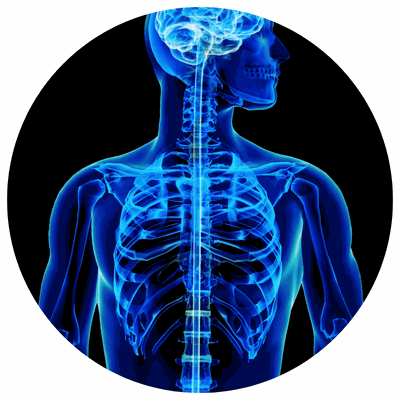New research provides clues about the biological features of cells in the spinal cord vulnerable to ALS
February 11, 2023 | Biology
The pathology of amyotrophic lateral sclerosis (ALS) involves selective degeneration of motor neurons in specific areas of the spine, brainstem, and cortices. The underlying mechanism of the degeneration is still unclear, but existing evidence suggests many factors including oxidative damage, excitotoxicity, apoptosis, and abnormal neurofilament function, among others.
Back To Top

